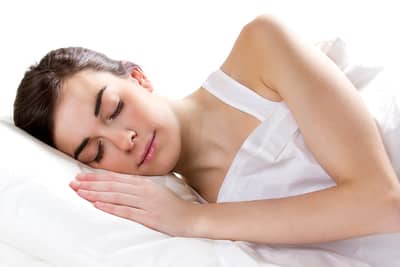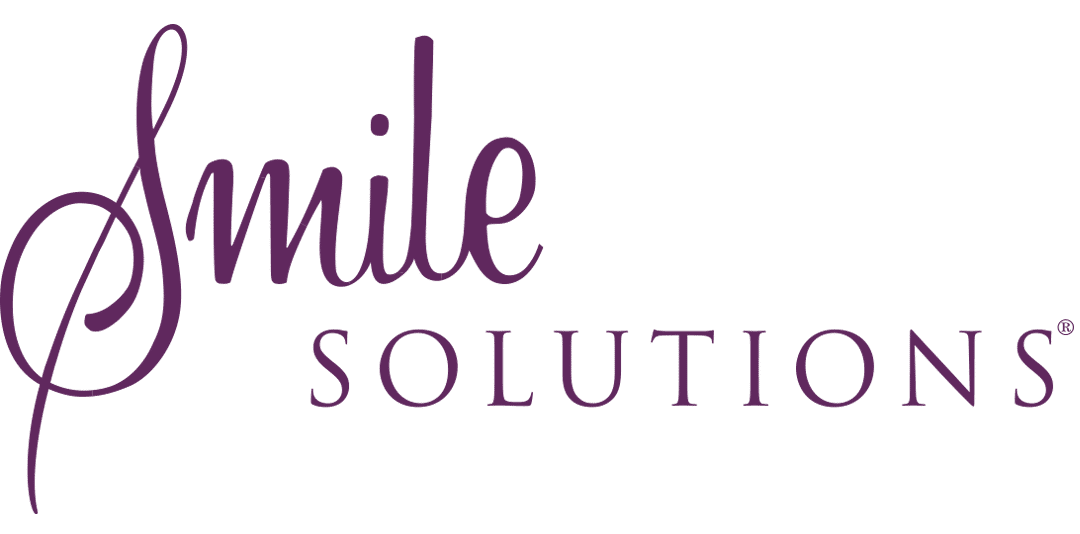
Bruxism – or grinding and clenching of the teeth, as it is usually known – is a common condition that often goes undiagnosed until there is substantial evidence that is occurring.
In some cases it is self-diagnosed but in many cases it is diagnosed by others (such as a partner who hears the grinding during the night) or by a dental professional who notices evidence such as tooth wear and fractured teeth or dental restorations.
There are several risk factors for bruxism, including stressful life events, altered mood, sleep disorders (such as restless leg syndrome and sleep apnoea), mental retardation, smoking, alcohol, caffeine, and some prescription or recreational drugs.
Bruxism can be categorised as primary or secondary and it can occur during the day or the night.
The primary form usually occurs as tooth clenching, grinding or a clicking TMJ (jaw joint).
The secondary form can occur in conjunction with or as a result of neurological disorders, sleep-related disorders or psychiatric conditions, or it can be substance related (to either prescription drugs or recreational drugs). The condition is characterised by several signs and symptoms.
Among them are abnormal tooth wear, fractured teeth or dental restorations such as fillings and crowns, joint pain or tenderness, jaw muscle discomfort and headaches.
Management will begin with simple advice from your dentist, such as jaw rest, hot compresses (or cold compresses if heat aggravates the problem), attention to habits and an attempt to break them, or correction of compromised head or neck positions (such as through the use of computers and mobile devices).
From there, other treatments include devices such as occlusal splints, physiotherapy, pharmacotherapy, and psychotherapy.
An occlusal splint is a removable appliance that covers the biting and grinding surfaces of the teeth and is worn during sleep.
Occlusal splints will not always reduce or prevent sleep bruxism but most importantly they will prevent further wear and damage to the teeth.
There are various designs of occlusal splints, including soft or hard, full coverage or partial coverage and those for either the lower jaw or (most commonly) the upper jaw.
The choice of a particular design will be made largely by the treating practitioner but may be guided, where appropriate, but the preference of the patient.
By far the most popular splint is a full coverage (soft or hard) splint for the upper jaw, which is easy and comfortable to wear and will offer the most protection as it covers all teeth.
If for some reason this is not appropriate or not preferred by the practitioner or patient then an alternative splint will be offered.
As it is difficult to determine the frequency and duration of bruxism during sleep, we usually advise our patients to wear the occlusal splint at all times when sleeping.
If a patient is a day bruxer then the splint is to be worn at times when the patient knows s/he is bruxing and needs the coverage and protection.
Undiagnosed and therefore unmanaged bruxism will lead to long-term wear and damage – and hence the need for complex restorative treatment to try to correct the damage caused.
It is therefore important that the diagnosis is made as early as possible.
If you or someone close to you suspects that you are a bruxer, please call Smile Solutions on 13 13 96 to make an appointment for a check up with one of our dentists.

